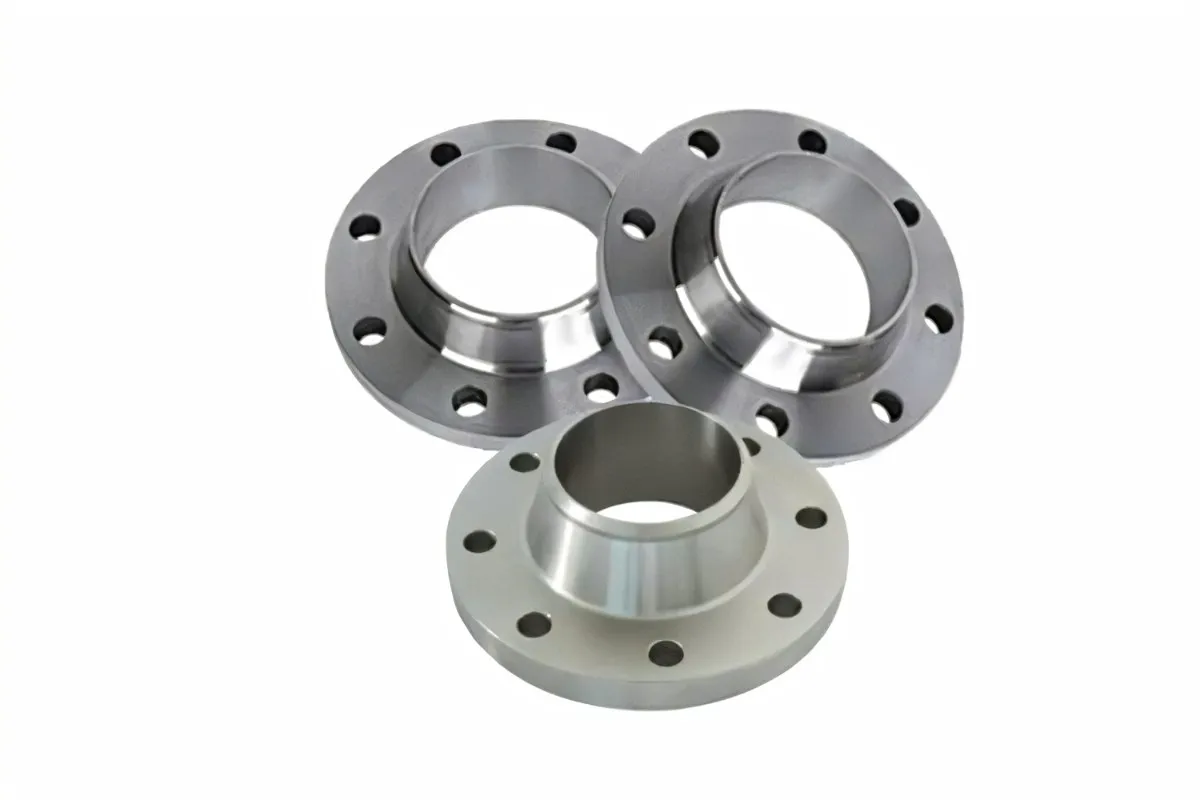-
Cangzhou Yulong Steel Co., Ltd.
-
Phone:
+86 13303177267 -
Email:
admin@ylsteelfittings.com
- English
- Arabic
- Italian
- Spanish
- Portuguese
- German
- kazakh
- Persian
- Greek
- French
- Russian
- Polish
- Thai
- Indonesian
- Vietnamese
- Zulu
- Korean
- Uzbek
- Hindi
- Serbian
- Malay
- Ukrainian
- Gujarati
- Haitian Creole
- hausa
- hawaiian
- Hebrew
- Miao
- Hungarian
- Icelandic
- igbo
- irish
- Japanese
- Javanese
- Kannada
- Khmer
- Rwandese
- Afrikaans
- Albanian
- Amharic
- Armenian
- Azerbaijani
- Basque
- Belarusian
- Bengali
- Bosnian
- Bulgarian
- Catalan
- Cebuano
- China
- China (Taiwan)
- Corsican
- Croatian
- Czech
- Danish
- Esperanto
- Estonian
- Finnish
- Frisian
- Galician
- Georgian
- Kurdish
- Kyrgyz
- Lao
- Latin
- Latvian
- Lithuanian
- Luxembourgish
- Macedonian
- Malgashi
- Malayalam
- Maltese
- Maori
- Marathi
- Mongolian
- Myanmar
- Nepali
- Norwegian
- Norwegian
- Occitan
- Pashto
- Dutch
- Punjabi
- Romanian
- Samoan
- Scottish Gaelic
- Sesotho
- Shona
- Sindhi
- Sinhala
- Slovak
- Slovenian
- Somali
- Sundanese
- Swahili
- Swedish
- Tagalog
- Tajik
- Tamil
- Tatar
- Telugu
- Turkish
- Turkmen
- Urdu
- Uighur
- Welsh
- Bantu
- Yiddish
- Yoruba

Jan . 26, 2025 04:45 Back to list
pipe weld types
Understanding the different types of pipe welds is crucial for anyone involved in the piping industry, whether you're a professional welder or a project manager overseeing large-scale construction. This comprehensive guide explores various pipe weld types, incorporating practical experience, technical expertise, and reliable information to inform both novices and seasoned professionals.
In more specialized scenarios, welders might opt for a flange connection— a method that involves joining pipes with the help of flanges and bolting them together. While not strictly a weld type, flanging is often grouped with welding techniques due to its application in pipe joining. Flange connections offer the advantage of easy disassembly, which is critical in systems that require regular inspection and maintenance. Exploring the realm of pipe welds also entails an understanding of hybrid welding techniques that combine different welding processes to capitalize on the strengths of each. For instance, the combination of laser and arc welding (known as hybrid laser arc welding) provides deeper penetration and faster welding speeds while maintaining high weld quality. This technique is gaining traction in industries demanding high precision and efficiency. In any welding scenario, safety cannot be overlooked. Proper training and adherence to safety protocols ensure not only the quality of the weld but also the well-being of the welder. It's crucial to understand the specific requirements of each type of weld, as well as the right equipment and materials needed to execute them safely and efficiently. Mastering the various types of pipe welds requires a solid understanding of their applications, strengths, and limitations. By focusing on the details and nuances of each, industry professionals can ensure reliable, robust piping systems tailored for their specific operational needs.


In more specialized scenarios, welders might opt for a flange connection— a method that involves joining pipes with the help of flanges and bolting them together. While not strictly a weld type, flanging is often grouped with welding techniques due to its application in pipe joining. Flange connections offer the advantage of easy disassembly, which is critical in systems that require regular inspection and maintenance. Exploring the realm of pipe welds also entails an understanding of hybrid welding techniques that combine different welding processes to capitalize on the strengths of each. For instance, the combination of laser and arc welding (known as hybrid laser arc welding) provides deeper penetration and faster welding speeds while maintaining high weld quality. This technique is gaining traction in industries demanding high precision and efficiency. In any welding scenario, safety cannot be overlooked. Proper training and adherence to safety protocols ensure not only the quality of the weld but also the well-being of the welder. It's crucial to understand the specific requirements of each type of weld, as well as the right equipment and materials needed to execute them safely and efficiently. Mastering the various types of pipe welds requires a solid understanding of their applications, strengths, and limitations. By focusing on the details and nuances of each, industry professionals can ensure reliable, robust piping systems tailored for their specific operational needs.
Latest news
-
ANSI 150P SS304 SO FLANGE
NewsFeb.14,2025
-
ASTM A333GR6 STEEL PIPE
NewsJan.20,2025
-
ANSI B16.5 WELDING NECK FLANGE
NewsJan.15,2026
-
ANSI B16.5 SLIP-ON FLANGE
NewsApr.19,2024
-
SABS 1123 FLANGE
NewsJan.15,2025
-
DIN86044 PLATE FLANGE
NewsApr.19,2024
-
DIN2527 BLIND FLANGE
NewsApr.12,2024
-
JIS B2311 Butt-Welding Fittings LR/SR 45°/90° /180°Seamless/Weld
NewsApr.23,2024











